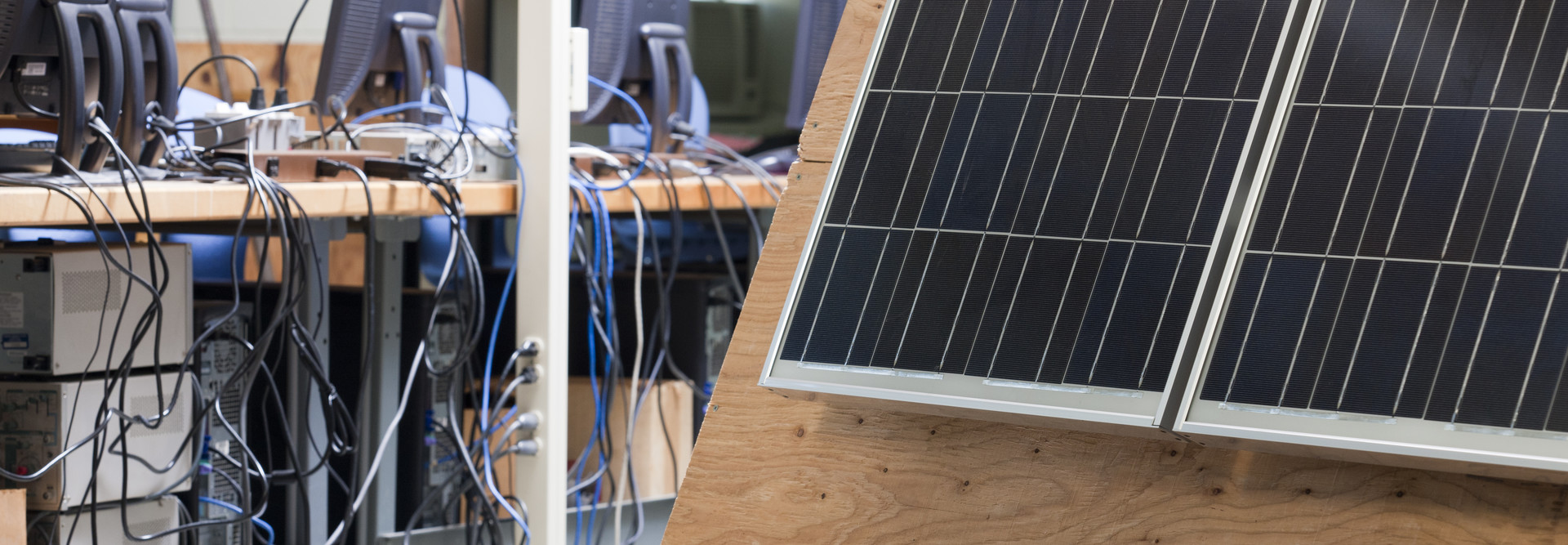According to Korde, automation is one key strategy that can improve energy monitoring in most situations. “You can set the lighting system to go off if nobody is in the room,” he says. “Or you can program the AC based on the season, the day of the week and a room’s usage rate.”
Automation through IoT devices such as smart water sensors is an especially effective way to record water usage and detect leaks that lead to unnecessary water waste.
To optimize a building’s energy consumption in real-time, edge computing can also compile data around electricity and gas usage at a faster rate. Edge is also a key component to helping higher education institutions maximize AI-based energy monitoring.
RELATED: Georgia Tech researcher discusses how AI can improve student success.
Why Should College Campuses Go Green?
Automation technologies can also help higher education institutions reduce energy costs. If colleges and universities can use edge computing and IoT monitoring to identify faulty pipes the moment they start leaking or turn off air conditioning when buildings are unoccupied, they will significantly decrease the amount they spend on energy over time.
The biggest benefit of green campuses is the mitigation of climate change. “This is the main concern for many scientists. How we produce, distribute and consume energy can significantly change the trajectory of the deteriorating climate,” Korde says. “If we can bring a sustainable energy approach to institutions and show the younger generation what is possible, we may reach more people on the importance of energy.”
What Are the Security Considerations for Green Campuses?
IoT monitoring can certainly provide granular visibility into energy usage across campuses, but it also introduces new security risks.
The biggest concern for IoT energy monitoring is the increase in endpoints and the large amount of data that the devices collect. Where will this data be stored and who will have access to these devices?
If malicious actors can compromise campus networks, they could change device settings to increase energy consumption or ignore energy issues, in turn costing schools time and money.
Ransomware is also a top concern. In March 2021, the FBI released an advisory warning that ransomware attacks on education networks are increasing. If attackers can encrypt key data and functions, they could deny staff access to facilities and critical data.
How can institutions effectively secure IoT deployment? It may help to look at other industries — such as health — where massive IoT adoption is currently taking place.
MORE ON EDTECH: A smart campus can reinvent the student experience.
“Implementing a management tool that lets IT teams know where each device exists, and can be uniquely and securely identified for reliable performance, is essential for successful IoT network operation,” Mike Tennefoss, vice president of IoT and strategic partnerships for Aruba Networks, tells HealthTech.
“Yet achieving this goal isn’t always easy. Teams may lack the skill sets necessary to identify system vulnerabilities,” Tennefoss says. “Weak points may include the lack of physical security for device electronics and interfaces, inadequate security for legacy IoT devices, use of default passwords, failure to validate the trustworthiness of newly connecting devices, using a BIOS from outside the U.S. and poor encryption key and certificate management.”
To adequately secure IoT deployments, Anthony Grieco, senior director of Cisco Systems’ security and trust organization, recommends prioritizing a strong security foundation. “Once you have this solid security foundation for remote management, the traditional systems that are used for remote management are going to have to be adjusted to focus on efficiency and the necessary scale of secure management,” he says.
For higher education IT teams with limited resources, it is worth considering hiring a security partner, such as CDW•G, who can offer a full-stack experience by assessing a university’s security posture and providing deployment support as well as ongoing threat analysis.
To effectively use IoT, AI or edge solutions to monitor energy consumption on campuses, Korde says, a cultural change must accompany digital transformation.
“The current tendency is to look at higher education schools as businesses with a traditional business model,” he says. “If we could change the role of the university to pioneers of environmental change through the involvement of its members, I believe we could reach better results.”












